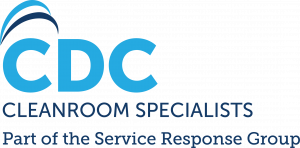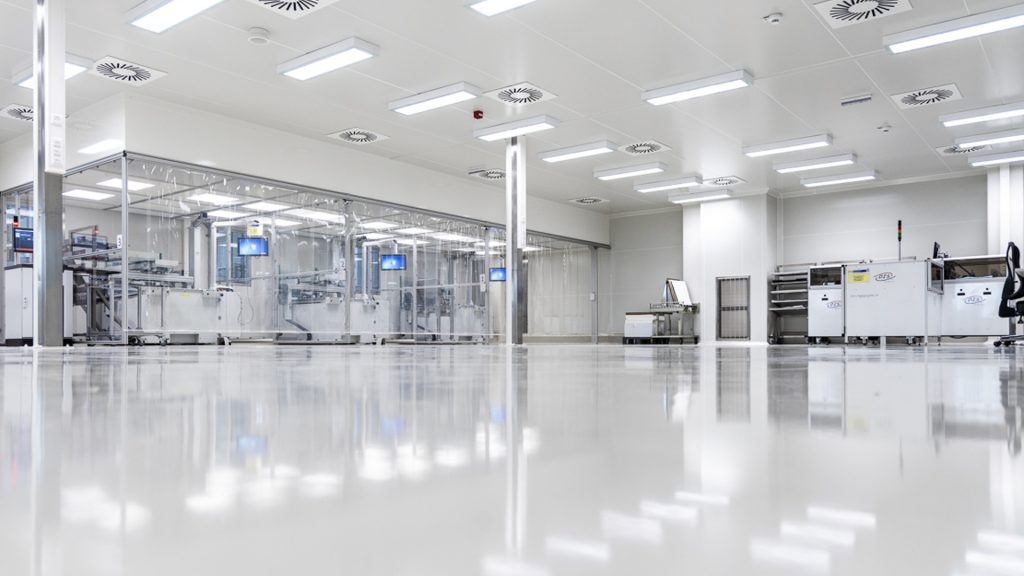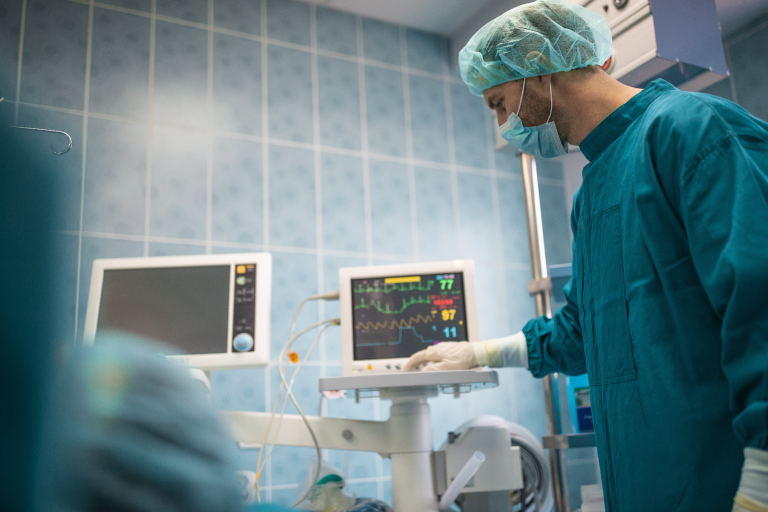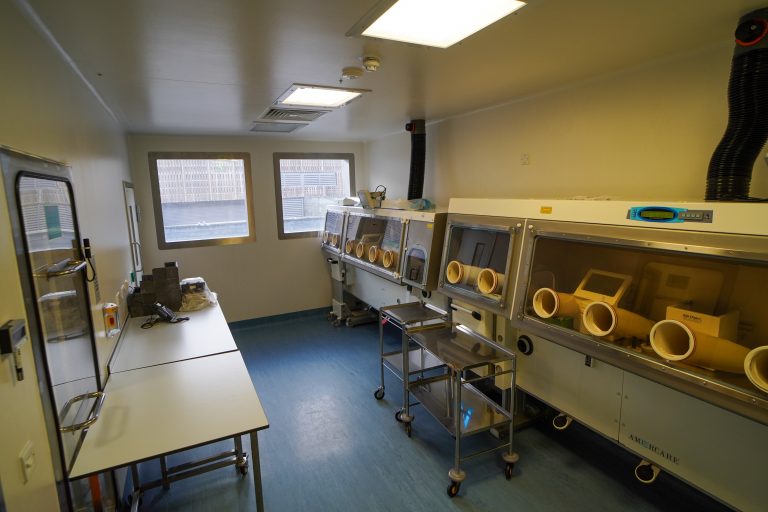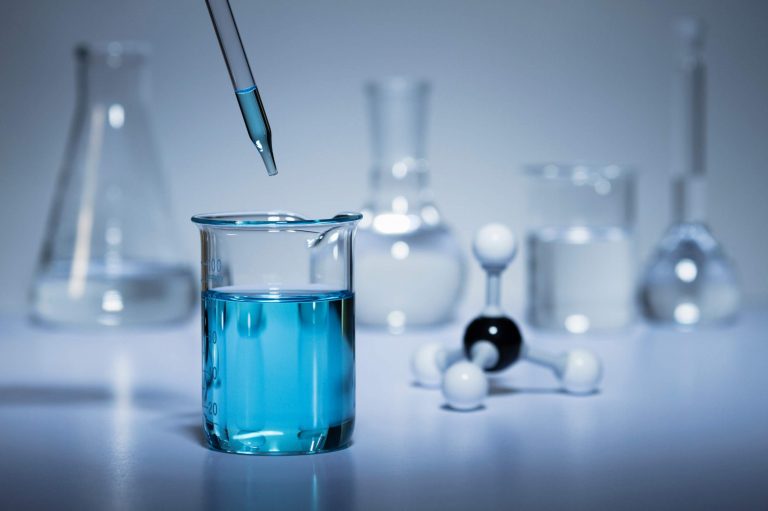The newly revised Annex 1 requirements, set to come into effect on August 25, 2023, signify a substantial step forward in the regulation of cleanroom environments, particularly in the manufacture of sterile medicinal products. Here’s a detailed look at the pivotal updates in the new Annex 1 requirements:
Contamination Control Strategy (CCS): One of the most significant additions in the revised Annex 1 is the introduction of a Contamination Control Strategy. This new requirement emphasises a systematic approach to managing and controlling contamination risks within cleanroom environments. The CCS is a structured framework aimed at ensuring product sterility and safety throughout the manufacturing process.
Expanded Scope and Detail: The revision expands the scope of Annex 1 considerably, with a notable shift towards incorporating risk management principles. This expansion reflects a more comprehensive approach to managing the various risks associated with sterile manufacturing processes, ensuring a high level of product and patient safety.
Sterilisation Requirements for Lyophilizers: Section 8.123 of the revised Annex 1 stipulates new requirements for lyophilizers (freeze-drying machines) used in sterile manufacturing processes. Specifically, lyophilizers that are manually loaded or unloaded with no barrier technology separation must now be sterilised before each load. This new requirement will come into effect a year later, on August 25, 2024.
Quality System Enhancements: The revised Annex 1 introduces significant and wide-ranging new specifications that span the Quality system and the manufacturing process itself. This includes practical steps to ensure compliance, aimed at increasing confidence in the sterility of the products manufactured within cleanroom environments.
Deadline for Compliance: The deadline set for the operation of the revised Annex 1 is August 25, 2023, allowing for a transition period for manufacturers to align their operations with the new requirements.
These amendments in the Annex 1 requirements reflect a more modern and risk-based approach to cleanroom compliance, providing a robust framework for ensuring product sterility and safety in the manufacture of sterile medicinal products. The emphasis on a systematic Contamination Control Strategy, along with the other significant updates, underscores the regulatory focus on ensuring a high level of control over critical manufacturing processes, ultimately aiming to safeguard public health.
